Morning Briefing
Unlike previous days, today’s EVAs were student-planned, incorporating a robotic dog into their mission execution. Teams outlined their objectives, focusing on medical response and robotic-assisted transport.
Robotic Dog-Assisted Medical Transport and Emergency Response
Objective: Utilize a robotic dog to carry a medical payload and assist in responding to medical emergencies.
Students deployed the robotic dog with a medical payload to navigate terrain and deliver supplies.
Teams responded to simulated medical emergencies, including an elbow break and an ankle sprain, implementing appropriate stabilization techniques.
The robotic dog was integrated into patient transport logistics, enhancing efficiency and reducing astronaut exertion.
Effective coordination between human team members and the robotic assistant was emphasized.
Emergency Response to Solar Particle Events
Objective: React swiftly and effectively to an incoming solar particle event while ensuring crew safety.
Students monitored simulated space weather updates and identified warning signs of solar activity.
Teams executed emergency sheltering procedures, demonstrating quick decision-making under time constraints.
The robotic dog assisted in transporting critical supplies to designated safe zones.
Communication protocols were tested to ensure seamless information relay between EVA teams and the Hab.
Debriefing and Lessons Learned
Following the EVAs, students participated in a debriefing session where they discussed key takeaways, challenges faced, and strategies for improvement. The session reinforced the importance of teamwork, adaptability, and interdisciplinary collaboration in space mission scenarios. The integration of robotic assistance was evaluated for its effectiveness in medical transport and emergency logistics.
Conclusion
Today’s mission simulation successfully provided an immersive educational experience, highlighting the intersections of medicine, robotics, and engineering in space exploration. Students demonstrated exceptional planning and execution of their EVAs, responding effectively to medical emergencies and environmental hazards. The exercises reinforced critical skills necessary for future roles in space medicine, robotics, and engineering fields.
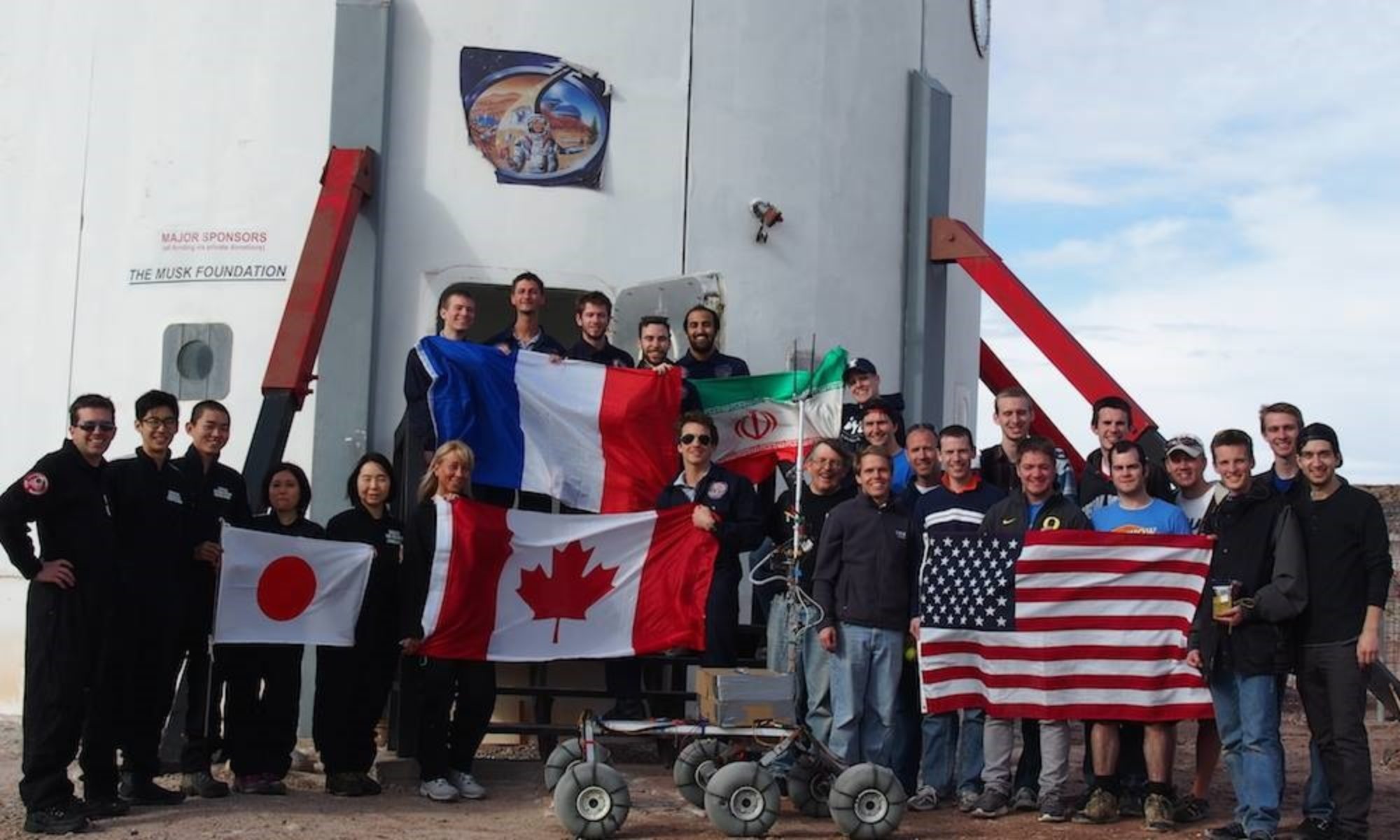
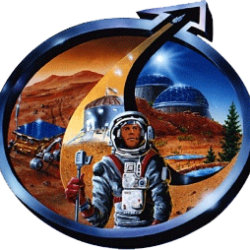
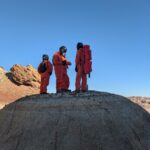
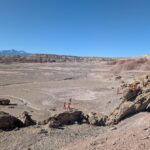

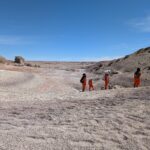
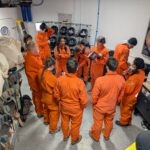
You must be logged in to post a comment.